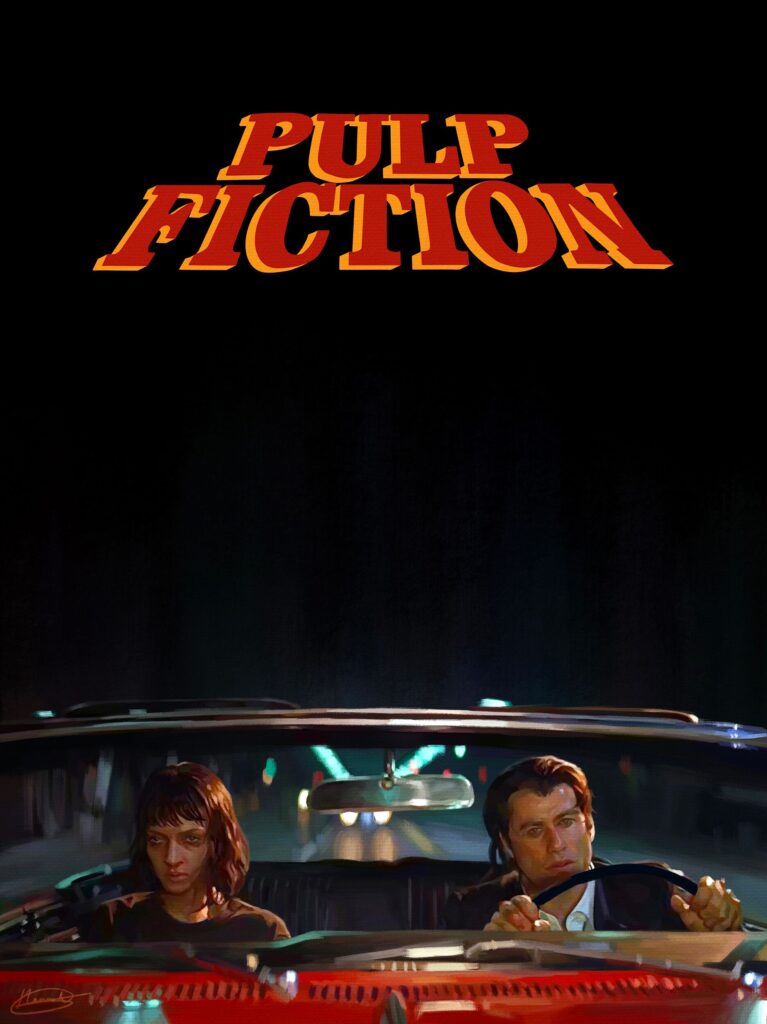
Greetings, fellow film fanatics! Prepare yourselves, because we’re about to delve into the captivating world of *The Shawshank Redemption*, a cinematic masterpiece that has, against all odds, cemented its place in the pantheon of greatest films ever made. Released in 1994, this iconic prison drama, starring the incomparable Tim Robbins and Morgan Freeman, initially struggled to find its footing but eventually captivated audiences worldwide with its profound themes of hope, friendship, and the unyielding human spirit. It’s a testament to the power of storytelling, and today, we’re unearthing some truly incredible nuggets of trivia that will deepen your appreciation for this unforgettable movie.
From its humble beginnings as a Stephen King novella to its legendary status on IMDb, *The Shawshank Redemption* is a treasure trove of behind-the-scenes stories, unexpected challenges, and clever directorial choices. This film, which explores the depths of despair and the heights of human resilience within the fictional Shawshank State Penitentiary, offers so much more than meets the eye. Get ready to discover the secrets and surprising details that make Andy Dufresne and Red’s journey even more extraordinary.
So, grab your imaginary rock hammer, because we’re about to chip away at the layers of lore surrounding this beloved classic. We’ve meticulously combed through the records to bring you a collection of facts that are as intriguing as they are illuminating. Let’s unlock some of the most amazing untold stories from the set and beyond, starting with the very foundation of this incredible film.

1. **The Novella’s Genesis and Stephen King’s Unique Deal** *The Shawshank Redemption* is a faithful adaptation of Stephen King’s novella, “Rita Hayworth and Shawshank Redemption,” which was first published in his 1982 collection of short stories titled *Different Seasons*. This collection also featured two other stories that would later become successful films: *Stand By Me* (1986) and *Apt Pupil* (1998). It’s fascinating to consider that this particular novella, unlike much of King’s renowned horror work, showcased a different facet of his storytelling prowess, delving into human drama rather than supernatural terror.
Director Frank Darabont, who had previously adapted King’s short story “The Woman In The Room” into a short film in 1984, was familiar with King’s unique policy regarding film rights. Stephen King has a well-known tradition of allowing filmmakers to adapt his stories for a nominal fee, often as little as $1. Darabont initially secured the rights to “Rita Hayworth and Shawshank Redemption” for a cut-price deal of $5000, a truly incredible bargain for what would become a cinematic masterpiece.
What’s even more remarkable is King’s reaction to the finished film. He was so incredibly pleased with Darabont’s adaptation that he never actually cashed the $5000 check. Instead, he had it framed and mailed back to Darabont, accompanied by a note that read: “In case you ever need bail money. Love, Steve.” This gesture speaks volumes about the quality of the adaptation and the respect King had for Darabont’s vision, a rare and cherished endorsement from an author for a film based on his work.

2. **Casting Andy Dufresne: The Road to Tim Robbins** The role of Andy Dufresne, the innocent banker framed for murder, is now synonymous with Tim Robbins’ nuanced and powerful performance. However, Robbins was not the initial choice, nor the only prominent actor considered for the part. The journey to casting Andy was quite an eventful one, with several big names entering the discussion at various stages of the film’s development.
When director Rob Reiner was interested in acquiring Darabont’s script, he had his sights set on Tom Cruise for the lead. Cruise, however, expressed reservations about working with a relatively inexperienced director like Darabont at the time. He reportedly would only commit if Reiner himself stayed on to oversee the project. Reiner, firm in his stance, declined, stating, “I’m either directing it or I’m not,” which led to Cruise turning down the role. This decision ultimately paved the way for other actors to be considered.
Beyond Cruise, a host of other respected actors were in the running, including Jeff Bridges, Kevin Costner, Matthew Broderick, and Nicholas Cage. The role was even formally offered to Tom Hanks, but fate intervened. Hanks had to decline due to scheduling conflicts, as he was already committed to another film that would also become a classic, *Forrest Gump* (1994). After these considerations, Darabont turned to the next name on his list, Tim Robbins, who was quickly cast and delivered a career-defining performance that perfectly embodied Andy’s quiet resilience and unwavering hope.
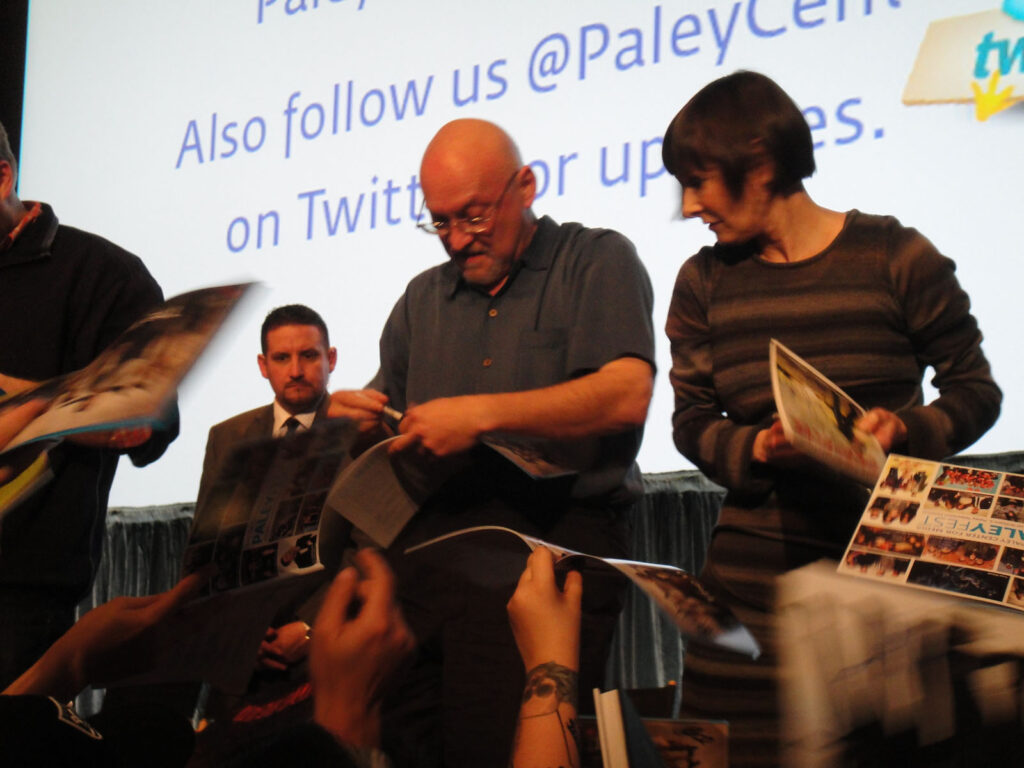
3. **Director Frank Darabont’s Personal Touch and Inspirations** Frank Darabont’s vision for *The Shawshank Redemption* was deeply personal, extending beyond his roles as writer and director to include subtle, yet significant, physical contributions to the film. Not content with merely shaping the narrative and guiding the performances, Darabont literally lent a hand to one of the most iconic characters.
In a fascinating detail, Darabont himself makes two subtle appearances in the movie. Early in the film, when we see Andy Dufresne in his car holding a revolver, there’s a close-up shot of Andy’s hands as he loads the gun. Those hands, as it turns out, are actually Frank Darabont’s. Later, during the poignant scene where Andy scratches his name into the wall of his cell, the close-up of Andy’s hands performing this memorable act also belongs to Darabont. These uncredited cameos are a unique way for the director to leave his physical imprint on the story he so passionately brought to life.
Furthermore, Darabont drew inspiration from unexpected sources to shape the film’s distinctive style. He revealed that a primary influence for *The Shawshank Redemption* was Martin Scorsese’s gritty and acclaimed gangster film, *Goodfellas* (1990). Specifically, Darabont was captivated by how Scorsese handled the iconic narration delivered by Ray Liotta in *Goodfellas*. So impressed was he with this narrative device that, during the production of *Shawshank*, Darabont would watch *Goodfellas* every Sunday, using it as a blueprint for perfecting Red’s powerful and memorable voiceovers.
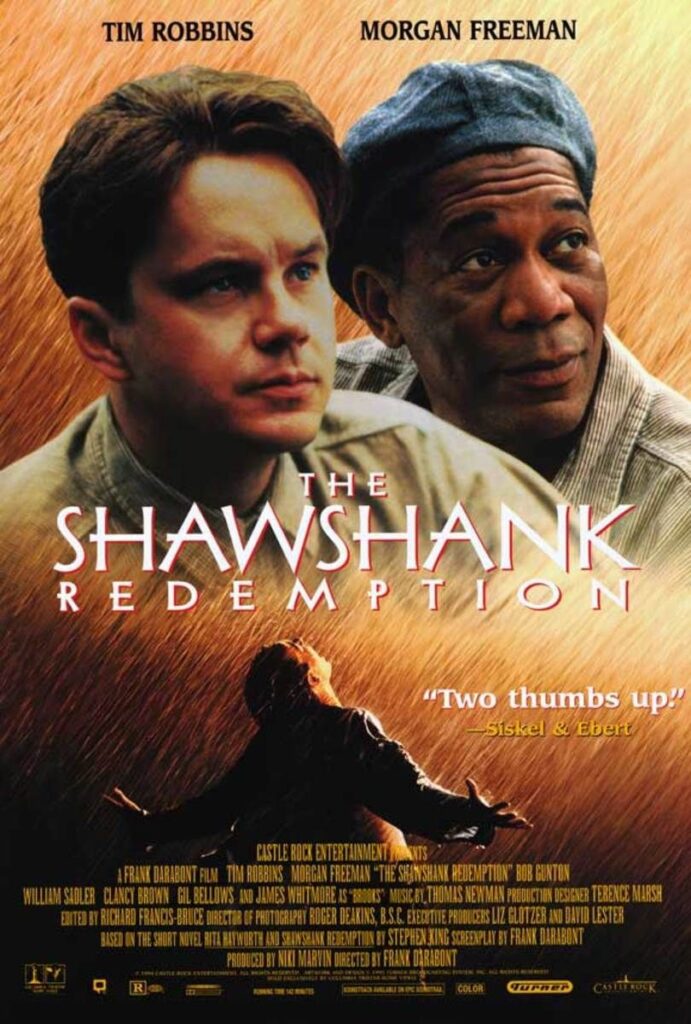
4. **The Narration’s Complex Journey: Morgan Freeman’s Dual Performance** Morgan Freeman’s smooth, captivating, and now iconic narration as Red is a cornerstone of *The Shawshank Redemption*, adding profound emotional depth and philosophical reflection to Andy’s journey. However, achieving this perfect auditory experience was far from straightforward, involving a surprising amount of effort and a complete re-recording of his entire voiceover performance.
Initially, Frank Darabont had a unique approach to the narration; he recorded all of Freeman’s voiceovers before any scenes of the film were actually shot. In an impressive feat, Morgan Freeman completed the entire narration in a single 90-minute take during that initial session. This pre-recorded audio was then played on set during production to help establish the pacing and tone for each scene, guiding the actors’ performances and ensuring continuity with Red’s narrative voice.
However, a significant technical snag emerged when Darabont reviewed the recordings. Despite Freeman’s brilliant performance, there was an unfixable hiss in the background audio that sound engineers were unable to remove. This meant that the entire narration, all 90 minutes of it, had to be re-recorded. To replicate the exceptional quality and emotional resonance of his original one-take performance, Freeman had to return to the studio, a process that, astonishingly, took three weeks to complete. The dedication shown by Freeman and the production team to get this crucial element perfect is a testament to the film’s commitment to excellence.
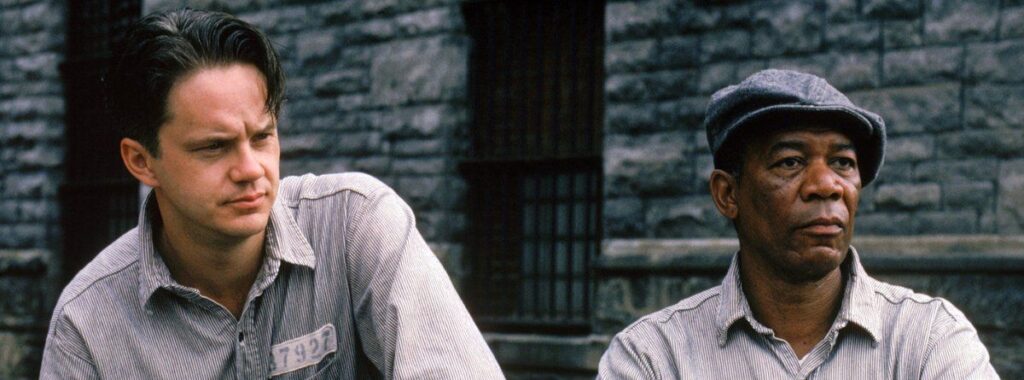
5. **Behind-the-Scenes Challenges and Actor Commitments** Bringing *The Shawshank Redemption* to life was a demanding process, requiring immense dedication from the cast and crew, who faced several unique challenges during filming. The commitment of actors like Tim Robbins and Morgan Freeman went above and beyond, truly immersing themselves in their roles to deliver the authentic performances audiences have come to cherish.
One of the film’s enduringly memorable scenes is the first interaction between Andy and Red in the prison yard, where Red is playing catch and Andy approaches him about acquiring a rock hammer. This seemingly simple scene turned into an arduous test of endurance for Morgan Freeman. It took nine hours to film, and for the entirety of that time, Freeman was continuously throwing the baseball. The following day, he arrived on set with his arm in a sling, a clear indicator of the physical toll the scene took, yet he maintained a professional and uncomplaining demeanor throughout the demanding shoot.
Tim Robbins also underwent significant preparation for his role as Andy Dufresne, particularly to understand the harsh realities of solitary confinement, or “the hole.” Before production began, Robbins voluntarily spent time locked away in solitary confinement, immersing himself in the experience to bring an authentic sense of the isolation and psychological strain to his character. Additionally, in scenes involving Jake, Brooks’ pet crow, Robbins meticulously spent time with the bird, learning to predict its squawks so he could expertly weave his lines around the bird’s natural vocalizations, ensuring a seamless and natural interaction on screen. These commitments highlight the depth of the actors’ dedication to their craft and to the integrity of the film.” , “_words_section1”: “1945
Read more about: Beyond the Blockbusters: Unpacking the Real Reasons Why Vince Vaughn’s Hollywood Presence Shifted

6. **The Iconic Mozart Scene and Its Unexpected Origins**One of the most uplifting and defiant moments in *The Shawshank Redemption* arrives when Andy Dufresne, in a powerful act of rebellion and shared humanity, locks himself in Warden Norton’s office. He then proceeds to broadcast a beautiful opera piece, ‘Duettino – Sull’aria,’ from Wolfgang Amadeus Mozart’s *The Marriage of Figaro*, over the prison’s loudspeakers. For a brief, magical moment, the entire yard of hardened inmates is bathed in the transcendent sounds of freedom, a stark contrast to the grim reality of their incarceration.
This specific piece of music, sung by two women composing a letter to expose a husband’s infidelity, carries a poetic resonance with Andy’s own meticulously planned deception of Warden Norton. The scene is not just a respite from the drudgery of prison life; it’s a profound statement on the enduring power of art and hope to penetrate even the most oppressive walls. It reminds both the characters and the audience that beauty and dignity can thrive even in the harshest environments.
Interestingly, the inspiration for incorporating Mozart into the film came directly from director Frank Darabont’s own creative process. While grappling with writer’s block during the script’s development, Darabont would often listen to Mozart to find his muse. This personal connection led him to weave the classical masterpiece into the very fabric of the narrative, enriching its emotional depth. What’s more, the memorable moment where Andy deliberately turns up the volume, blasting the music across the prison grounds, was not originally in the script. It was, in fact, Tim Robbins’ spontaneous idea, a brilliant improvisation that perfectly captured Andy’s audacious spirit and amplified the scene’s impact.
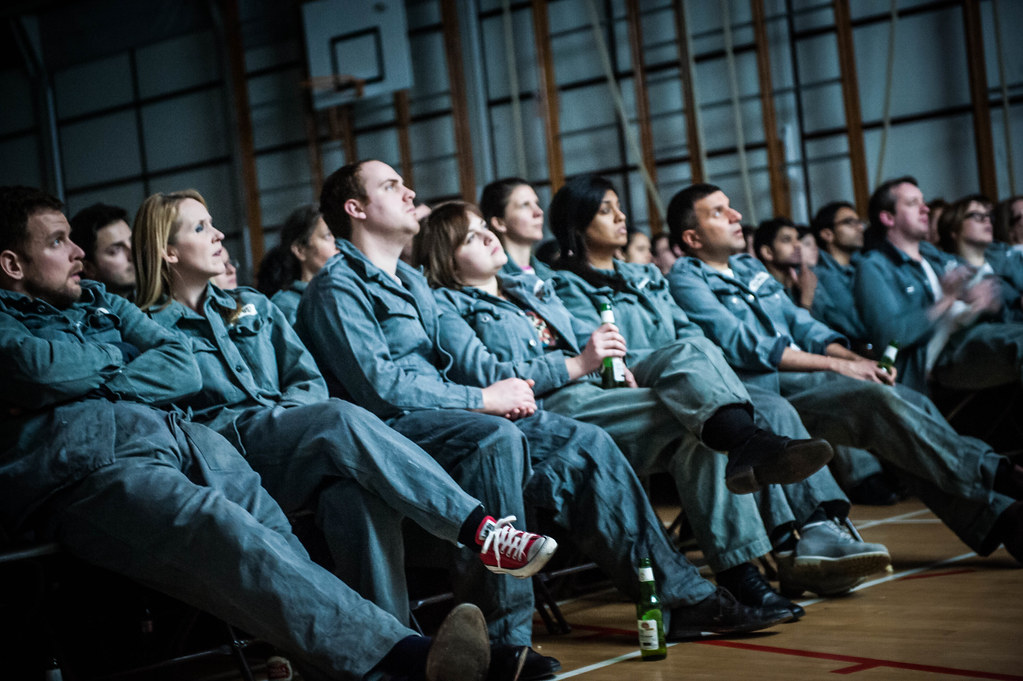
7. **Significant Departures from Stephen King’s Original Novella**While *The Shawshank Redemption* is widely praised for its faithful adaptation of Stephen King’s novella, “Rita Hayworth and Shawshank Redemption,” it’s equally fascinating to uncover the creative liberties taken by Frank Darabont. These changes, far from detracting from the story, often enhanced its cinematic appeal and emotional resonance, proving that sometimes, even a beloved source material can benefit from a fresh interpretation.
Perhaps the most notable alteration is the film’s iconic ending. The movie famously culminates in an emotional reunion between Andy and Red on the sun-drenched beach of Zihuatanejo, a powerful symbol of hope fulfilled. King’s original novella, however, leaves Red’s future more ambiguous, ending with his line, “I hope to see my friend again. I hope…” The film’s more conclusive and cathartic resolution provides a satisfying emotional payoff that audiences have come to cherish.
Other significant plot points were also reimagined for the screen. In the book, Andy smuggles $500 into the prison ‘up his bottom’ to pay inmates to beat up Boggs, the leader of ‘The Sisters’ who repeatedly assault him. The film, however, depicts Hadley as the one who paralyses Boggs, a change that further highlights the prison guards’ brutality. Additionally, Tommy Williams, the young inmate who provides crucial information about Andy’s innocence, is tragically gunned down by Hadley in the film, a much darker fate than his book counterpart, who is merely transferred to another prison.
Furthermore, the novella reveals the specific crimes committed by characters like Red (who murdered his wife by disabling her brakes, accidentally killing a neighbor and child) and Brooks (who murdered his wife and daughter after a poker losing streak), whereas the film largely keeps these details ambiguous, focusing instead on their current predicament. Darabont also streamlined the narrative by combining three wardens from King’s book into the single, corrupt figure of Warden Norton. Even Stephen King himself had a minor critique of the film, humorously stating that the escape hole Andy digs through his wall was ‘too round’ for his tastes, likening it to something Wile E. Coyote might draw.
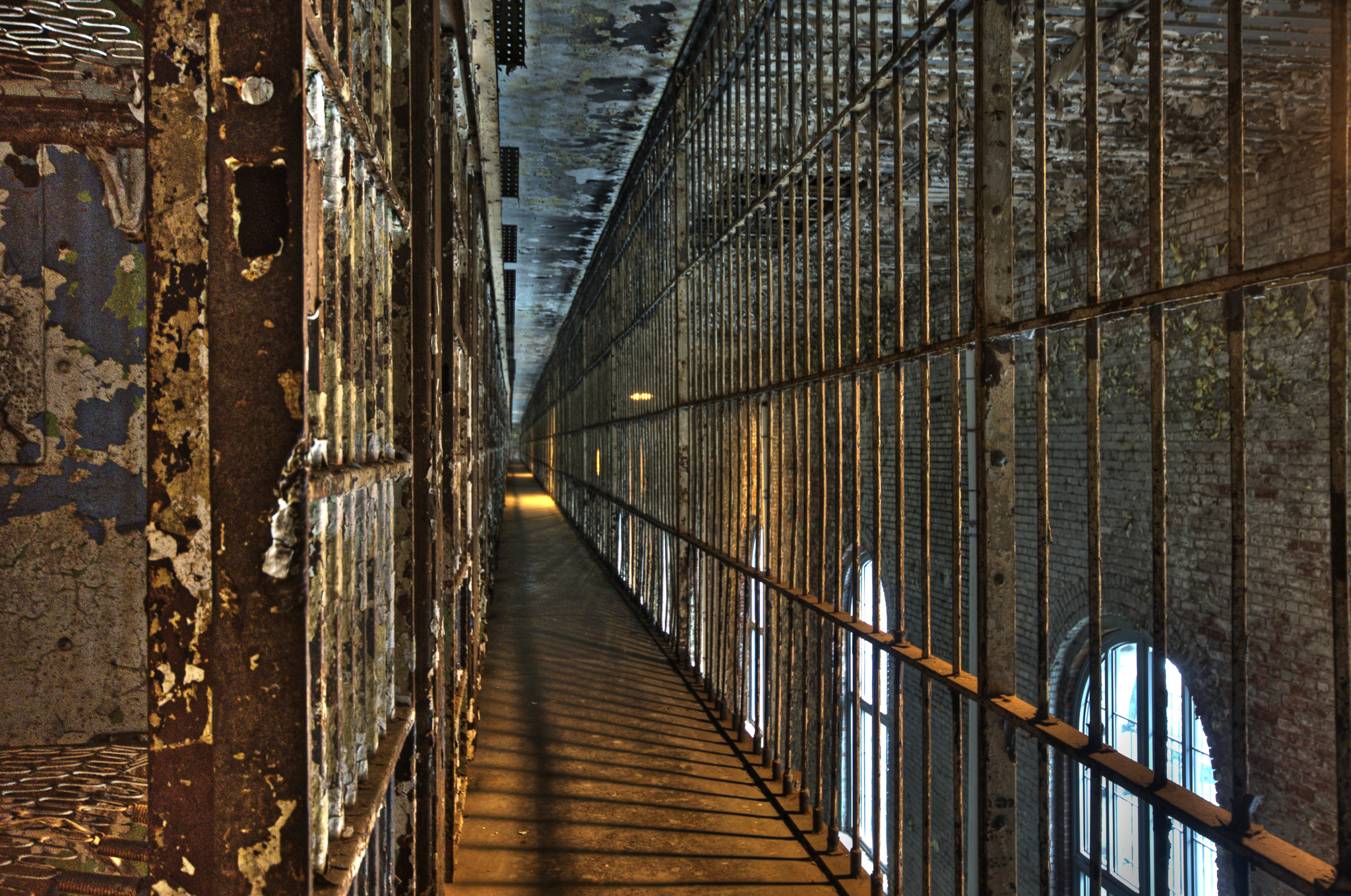
8. **The Rocky Road from Box Office Flop to Cult Classic**Today, *The Shawshank Redemption* is lauded as one of the greatest films ever made, topping IMDb’s list and holding a revered place in cinematic history. However, this triumphant status was far from guaranteed upon its initial release. In fact, the film was a significant box office flop, a startling revelation for a movie now so universally adored.
With a production budget of $25 million, the film tragically recouped only $16 million during its initial theatrical run, barely making a dent. This disappointing performance can be attributed to several factors. One prevailing theory suggests that *The Shawshank Redemption* simply couldn’t compete with the cultural phenomenon that was Quentin Tarantino’s *Pulp Fiction*, which was released around the same time in 1994 and went on to gross over $200 million, overshadowing almost everything else in its path.
Adding to its struggles was the film’s title itself. As Morgan Freeman famously recounted, many moviegoers found ‘The Shawshank Redemption’ confusing and difficult to remember. People would approach him saying, ‘Oh, I loved you in that movie… The Scrimshaw Reception? The Shimshank Reduction?’ This anecdotal evidence perfectly illustrates the uphill battle the film faced in marketing and audience recognition. Director Frank Darabont even changed the title from King’s original ‘Rita Hayworth and Shawshank Redemption’ specifically to avoid confusion, as some initially thought it was a biopic about Rita Hayworth, showcasing just how much thought went into making the film accessible.
Read more about: Ahead of Their Time: 14 Cinematic Gems That The Box Office Ignored But Are Now Legendary

9. **The Unstoppable Tide: How *Shawshank* Rose to Phenomenal Status**Despite its initial commercial missteps, *The Shawshank Redemption*’s fortunes dramatically turned, proving that true quality often finds its audience, even if it takes a little longer. The first major turning point came with its impressive showing at the Academy Awards, where it garnered seven nominations. While it didn’t win any Oscars, these nominations brought renewed attention to the film, sparking a second wave of interest and adding another $10 million to its box office take.
However, it was in the burgeoning home video market where *Shawshank* truly found its redemption. Recognizing the growing buzz, Castle Rock Entertainment made a bold move, ordering an unprecedented 320,000 copies for VHS rentals – a figure far exceeding what a film with its modest box office would typically warrant. This gamble paid off spectacularly, as *The Shawshank Redemption* became the most rented VHS in America in 1995, cementing its place in countless homes across the country.
From there, its popularity only soared. It quickly became the most replayed movie in US TV history, unseating *Scarface*, a testament to its enduring appeal and rewatchability. The film’s constant television presence has even created a steady revenue stream for its cast members; Bob Gunton, who played Warden Norton, once quipped that he makes about $100,000 a year from TV screenings alone. And, of course, its ultimate triumph came when it ascended to the coveted number one spot on IMDb’s list of greatest movies ever made. This legendary ranking wasn’t without its drama, however, as fans of *The Dark Knight* reportedly downvoted *The Godfather* in 2008 in an attempt to push their favorite to the top, only for *Shawshank* to unexpectedly claim the throne, where it has remained ever since.
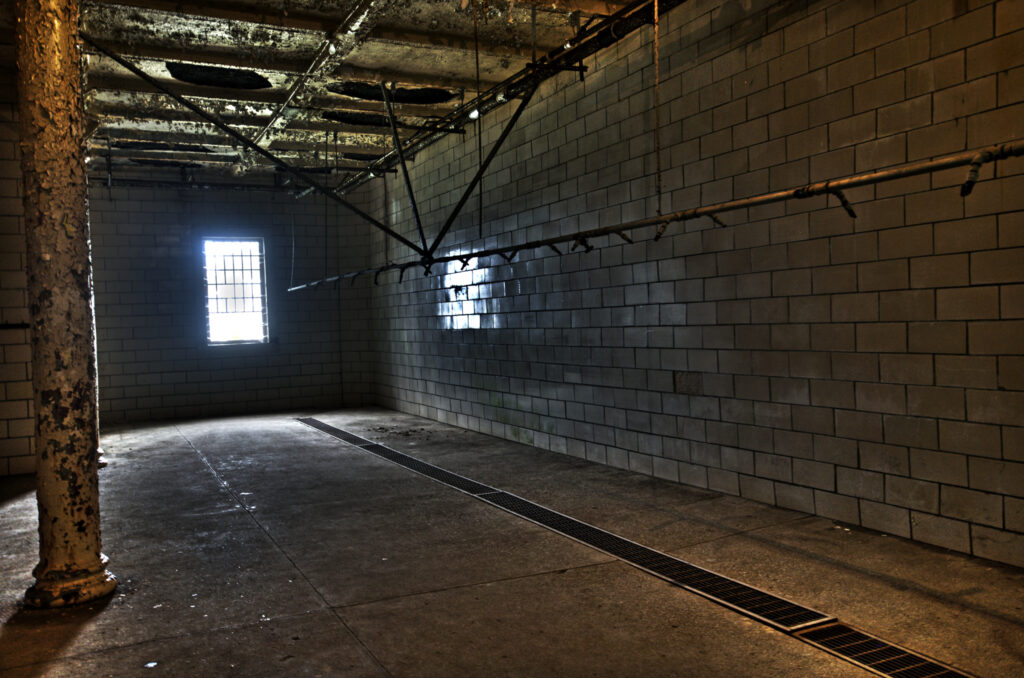
10. **An Enduring Legacy: From Filming Location to Tourist Hotspot***The Shawshank Redemption* didn’t just transform cinema; it transformed locations. While the film is set in the fictional Shawshank State Penitentiary in Maine, the majority of the movie was actually filmed at the majestic Ohio State Reformatory in Mansfield, Ohio. This imposing, gothic structure was initially slated for demolition once filming wrapped, but thanks to the film’s growing popularity, a significant portion—including the iconic cellblock and main administrative building—was saved from the wrecking ball. Today, it stands as a unique and popular tourist attraction.
The impact on the local economy has been remarkable. Since the film’s release, Mansfield, along with other Ohio towns like Ashland and Upper Sandusky, welcomes approximately 18,000 visitors annually, contributing an estimated $3 million per year to the local economy. Fans can immerse themselves in the film’s world by following the “Shawshank Trail,” a self-guided tour that takes them to various iconic filming locations.
The trail experience is not complete without sampling some delightfully themed local goodies, such as “Shawshank Bundt Cakes,” “Redemption Pie,” and “Red Wine,” allowing visitors to literally taste a piece of cinematic history. The film’s influence even extended to merchandise far beyond Ohio; sales of Rita Hayworth posters in the US surged by approximately 1000% the year after *Shawshank* was released, demonstrating its widespread cultural footprint. Furthermore, in 2015, *The Shawshank Redemption* was officially recognized for its profound cultural, historical, and aesthetic significance, earning its well-deserved inclusion in the prestigious National Film Registry.
There you have it, film fanatics! A treasure trove of facts that peel back the layers of *The Shawshank Redemption*, revealing the intricate craftsmanship, dedicated performances, and unexpected journey that transformed a box office underdog into an undisputed cinematic legend. From its humble origins to its unwavering grip on the top spot of ‘greatest films’ lists, this movie continues to inspire, challenge, and remind us all that hope truly is a good thing, maybe the best of things, and no good thing ever dies. It’s a story that transcends the screen, living on in our hearts and minds, a testament to the indomitable human spirit.” , “_words_section2”: “1910

